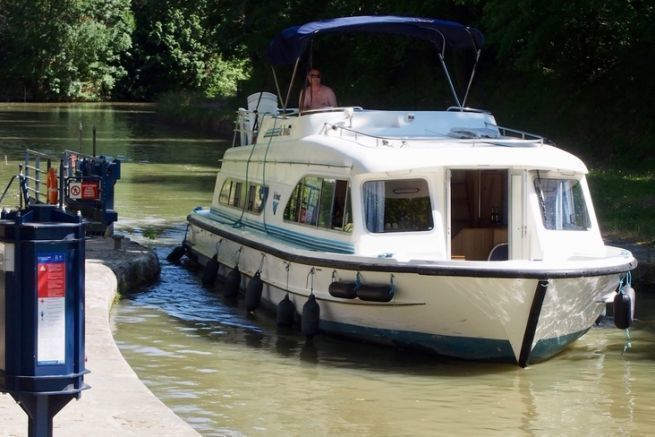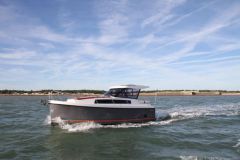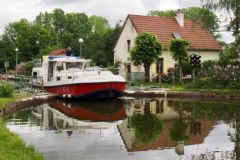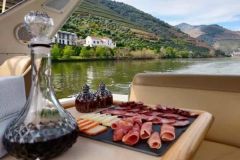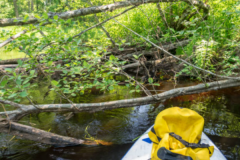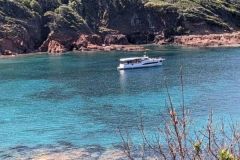For a long time, the navigation service was a public service. The State was the guarantor of the navigability of waterways and their maintenance. At the end of the First World War, competition from rail and road became stronger, to the point of supplanting small-scale inland waterway transport for freight. Many waterways were abandoned by the "barges" and from 1926 onwards, the State undertook to declassify those that were least used. Once they were removed from the list of navigable waterways, the State no longer had to guarantee a draught or a lockage service. It gradually disposed of these cumbersome waterways to the benefit of the departments.
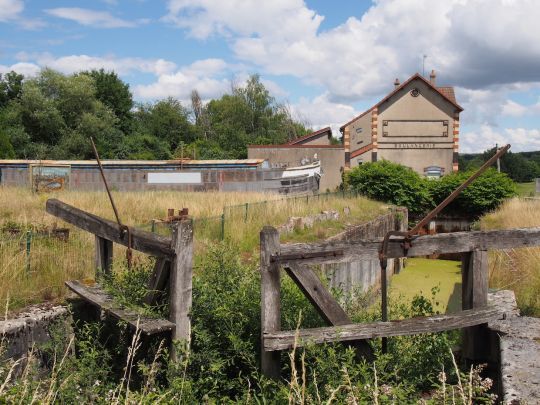
Decommissioning of abandoned waterways
Thus the Breton canals, the Sarthe and the Mayenne, then the Lot and the Charente, to name but a few, lost their status as "navigable" waterways to become "floatable". The Departments concerned found themselves in charge of a public river domain which they maintained as best they could until the boom in river tourism in the mid-1970s. Then, everything changed: in a few years, the waterways revealed their tourist potential and the local authorities, whether local or not, implemented important means to make them available for navigation.
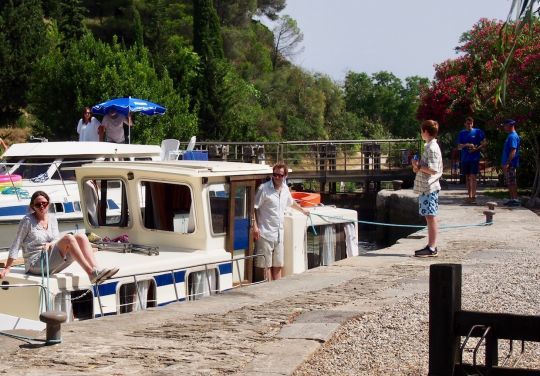
VNF, a beautiful idea
Voies Navigables de France (VNF) was created in 1991 under the impetus of Michel Rocard, Prime Minister, but also mayor of Conflans-Sainte-Honorine, one of the main towns for inland waterways in France. The aim was to bring together in a single body the tasks of hydraulic management and the organization of river transport, which until then had been the responsibility of separate ministries. VNF is the fruit of a beautiful idea. The locks and their outbuildings have been modernized and the services reorganized. The challenge was to reconcile the needs of a declining inland navigation industry with those of a booming river tourism. The toll vignette intended to contribute to the maintenance of the waterways was quickly instituted. It was proportional to the size of the boat and was only due when the boat was navigating on the VNF network.
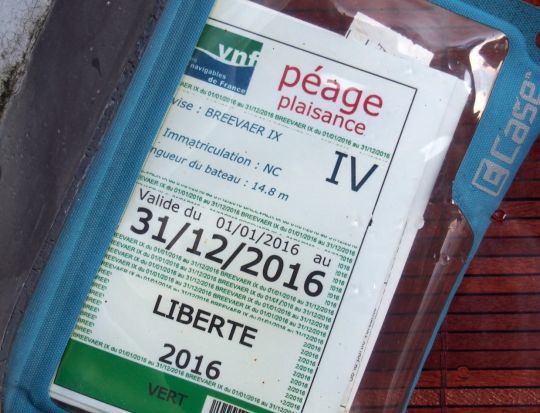
Lockkeepers trained in reception
At the same time, the local communities that have waterways in their heritage are not left out. Tourist promotion is part of their mission and they do not fail to make the best use of the waterways that surround them. In addition to restoring the infrastructure, lockage services are being reintroduced, often through the employment of seasonal workers. The tourist aims of these services mean that they are organized to operate without interruption, including on public holidays, even if it means continuing to provide self-service after hours. In addition, the agents are trained in reception and foreign languages to facilitate communication with boaters.
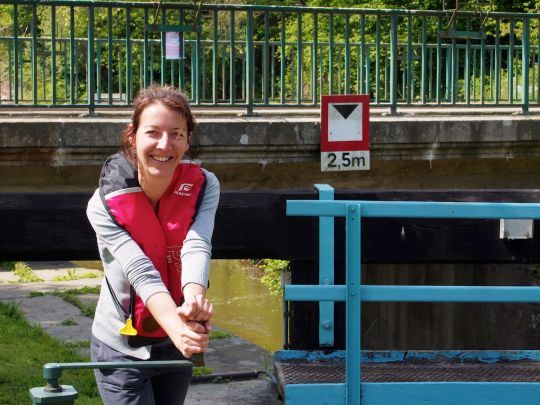
Administrative management
In contrast, management is more cumbersome on the VNF network. Some agents nostalgic for inland navigation perceive boaters as "tourists" and are reluctant to communicate. Little by little, the institution itself has become more cumbersome. The logic of accounting has led to the replacement of lock keepers by automatic systems, and even to the interruption of navigation when maintenance becomes difficult or when invasive plants clutter the channel. Finally, centralization has taken its toll, with a national duty number that is disconnected from the realities of the field, whereas it used to be possible to reach a duty agent for each waterway.
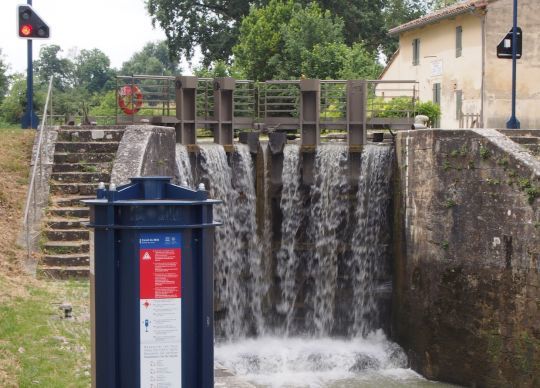
Agents with a local flair
The Regions and Departments have played a different card in order to reappropriate their waterways and make them real assets. This is the case, for example, of the Lot, the Charente, the Sarthe or the Mayenne. Some have been able to develop their banks by proposing lock houses for calls for projects to develop the river. Brittany and Nièvre have gone even further by encouraging, or at least not restricting, the imagination of their agents. On the Ille-et-Rance, the lock keepers animate the canal by participating in the installation of works of art at each reach. Those of the Nivernais, accompany your navigation in such a warm and friendly way that one remembers each one and that they are an integral part of the pleasure of navigating in their company.
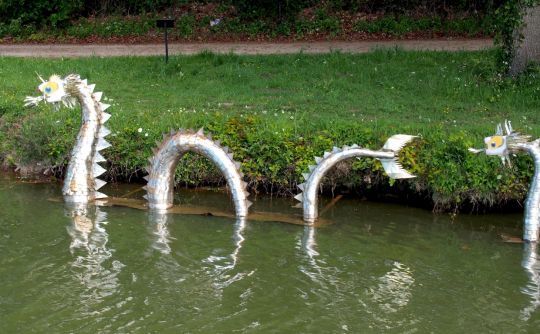
Two operating modes, two atmospheres
Of course, VNF agents are not to be outdone, such as this "works manager" of the Canal de la Sarre, who will meet you a few locks down to show you around his corner of the forest. This other, elsewhere who makes you taste the subtleties of honey according to whether his bees have gathered on the Loire or Seine side of the canal. The difference is that they glance around to make sure that no "boss" will reproach them for this familiarity. Exchanging with users is not part of their mission, whereas their colleagues on other waterways are encouraged to do so.
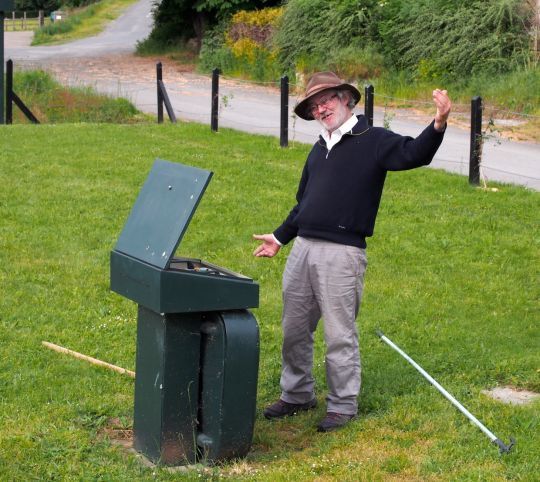
In use, it is enough to navigate on various waterways to realize the difference in atmosphere generated by these two approaches. In one case, the boat is a support that allows you to cross a region, while in the other, everything is done to facilitate the discovery of the region by the boater.

 /
/ 